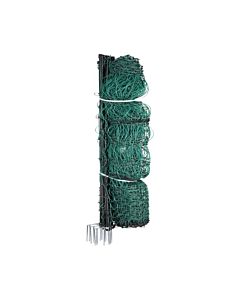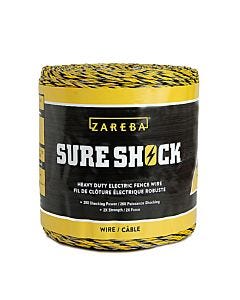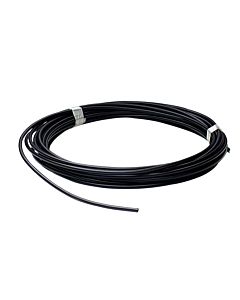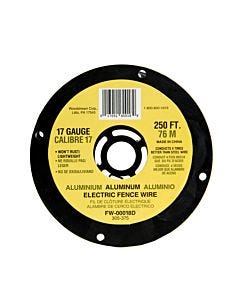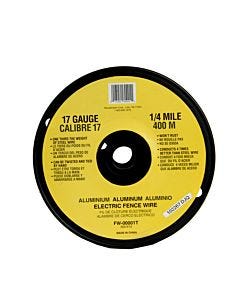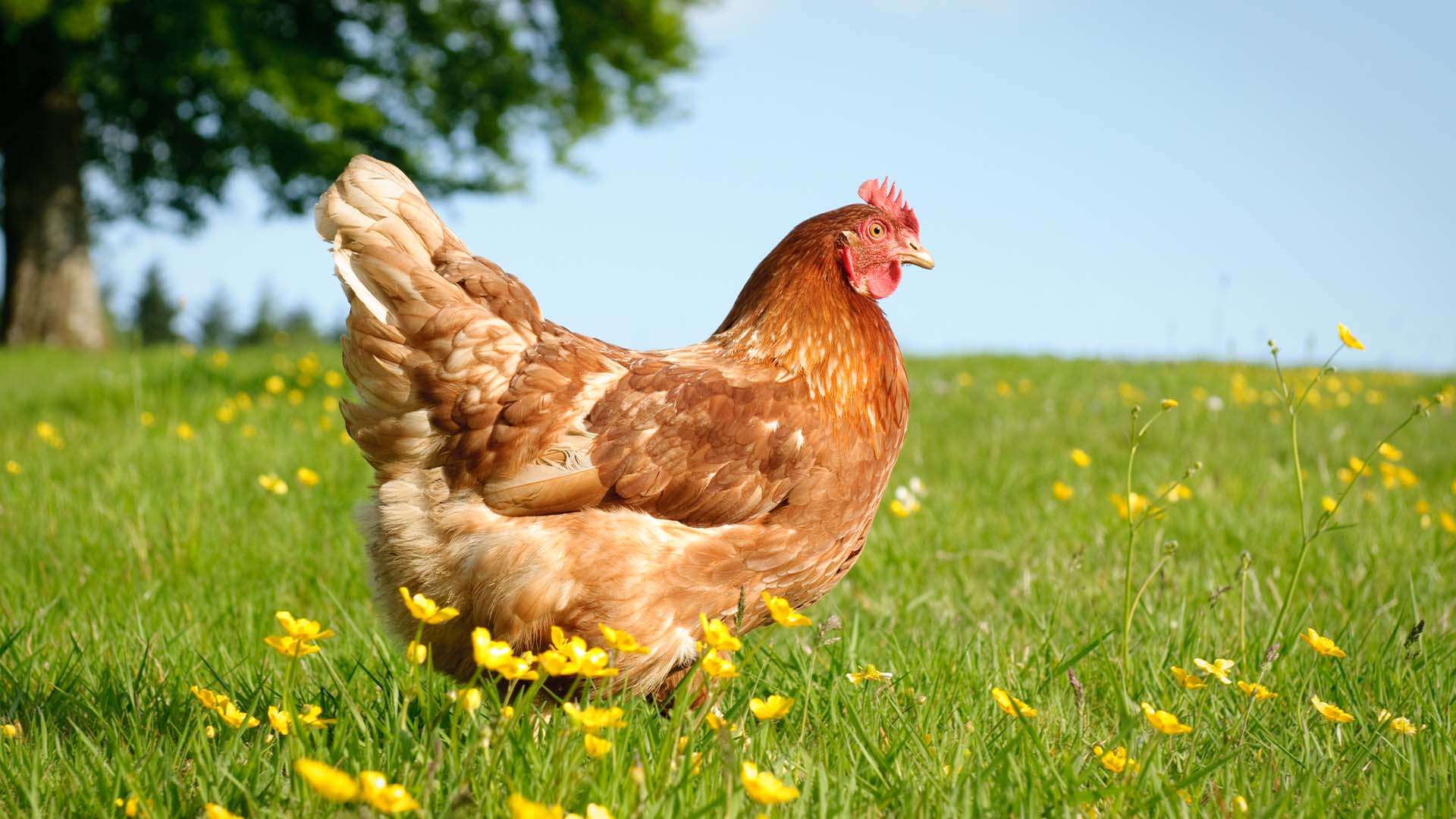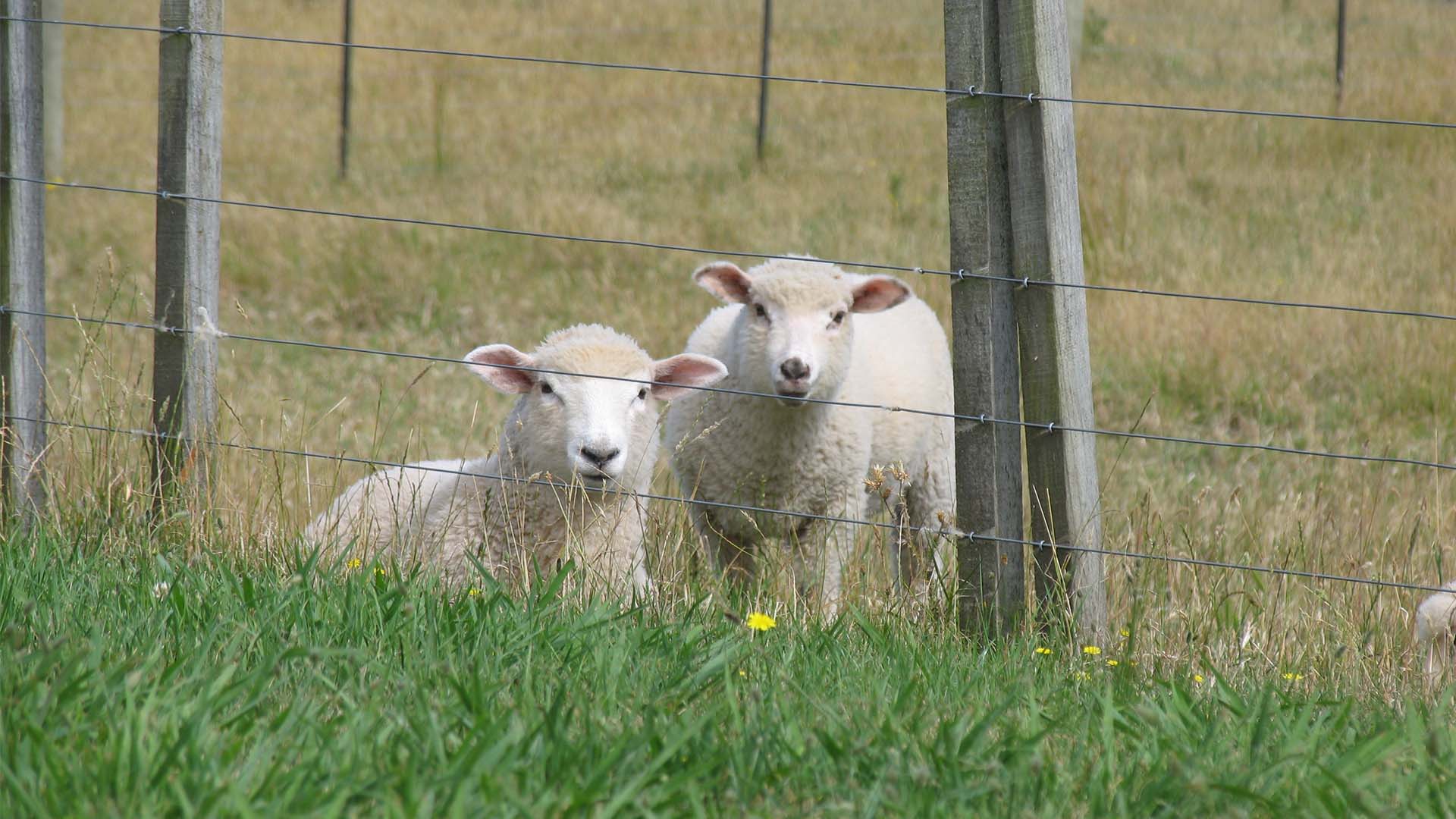
Sheep are docile livestock animals that can benefit grasslands, provide wool, and overall are profitable animals. It’s no wonder that you can find millions of sheep domesticated and on farms all over the country. Even though these are tame and easy-going creatures, sheep can be hard to keep secured safely. Not only are they targeted often by predators, but they also tend to wander out of areas looking for newer grass. How can you keep sheep safe and fenced in with an electric fencing system?
Sheep & Electric Fencing
Sheep are relatively easy to contain once a sturdy fence - like an electric fence - is in place. These animals don’t challenge the fence with the strength that cows, horses, or other aggressive, larger animals use. However, their predators can be aggressive, especially when looking for their next meal. Sheep are vulnerable to coyotes, foxes, wolves, mountain lions, bears, and domestic dogs.
Whatever fencing you’re using to keep predators out, it needs to be strong enough to deter these animals.
Electric fencing is one of the best ways to keep these animals away from your sheep. Not only does it stop them from attacking sheep the moment they try to get beyond the fence, but it also acts as a psychological barrier if they continue to try to breach the fence.
Sheep often try to stick their heads under or between wires to reach the grass on the other side of the fence, putting pressure on regular fencing. Lambs also tend to try and slip through fencing if the opportunity arises. Electric fencing will help end these behaviors by psychologically deterring animals from trying to escape or touch the fence after the first time they encounter the electric charge.
Electric fences are a cost-effective way to keep predators out while keeping sheep in place. You can perimeter whole fields or fence off parts of fields for strip grazing. Perimeter electric fencing is a long-lasting solution that is relatively easy to install. Non-electric fences can be costly to repair. Not to mention the time and effort of trying to herd sheep back if they manage to escape!
Temporary electric fences act as interior fences for effective grazing management. Sheep are intense grazers that can deplete vegetation in their pasture quickly. With rotational grazing, you can help prevent overgrazing. Temporary fencing can also keep weaning lambs away from their mothers. You can even use interior fencing to separate livestock from each other for a short amount of time – like when you’re bringing out other animals to graze.
Keep Your Livestock Safe with Zareba
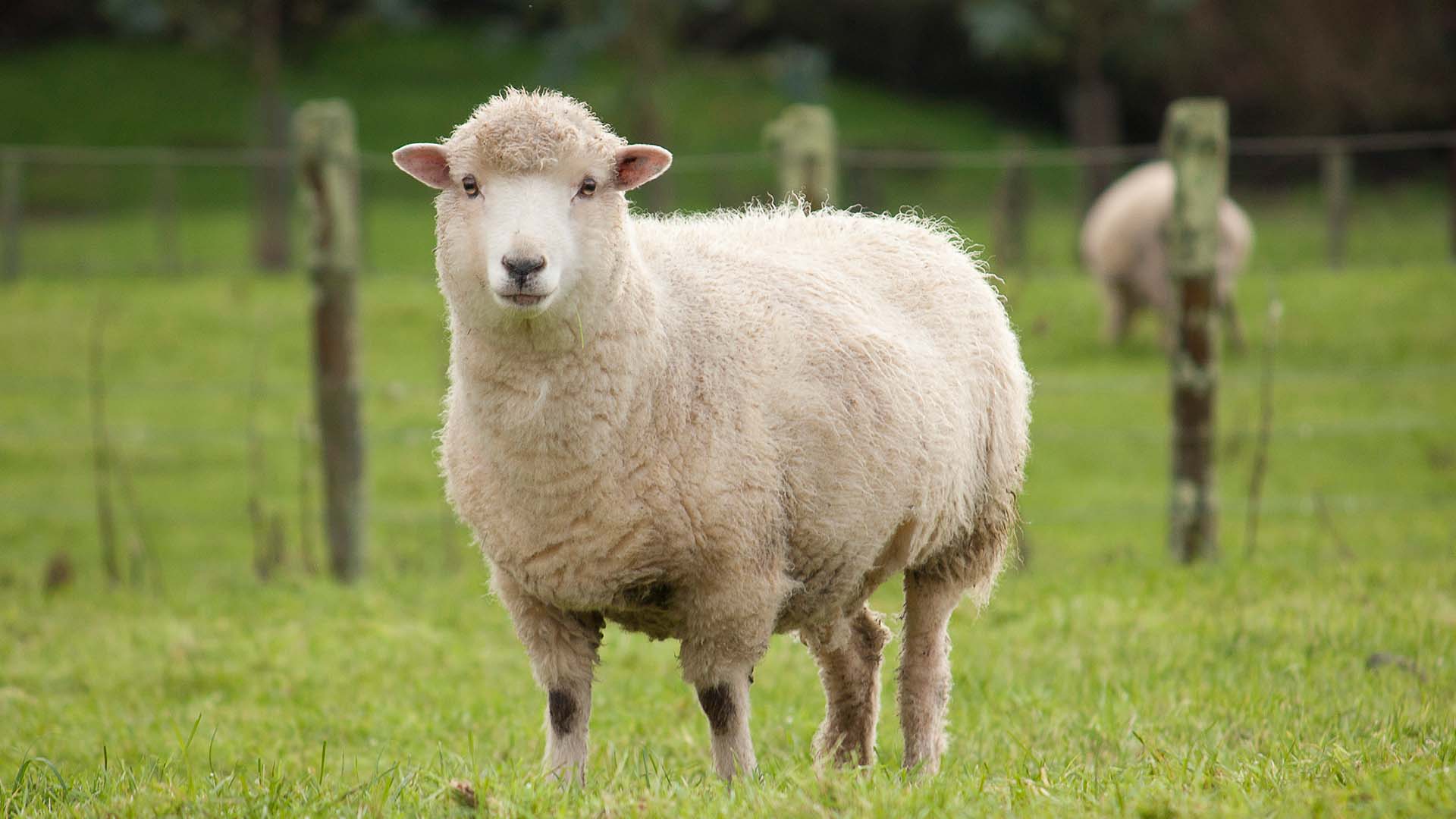
Installing Electric Fencing for Sheep
Electric fencings are great options for containing sheep – but they do provide a unique challenge. Because sheep have thick and woolly coats, it can be difficult for these animals to be affected by the current. Their wool can affect the electric conductivity, meaning that they might not receive a shock if the energizer isn’t delivering enough voltage or if their coat is too thick. Luckily, there are ways to ensure that the fence will safely shock them through their wool by following these tips.
The number of fence wires required for sheep can vary from 4 to 6 strands that depending on the following:
- the life expectancy of the fence
- if you're keeping lambs and ewes together
- the population of predators in your area
Start the wires low to the ground (for smaller predators that can fit small spaces) and space to a height of around 32-40 inches. You can space the wires 8 inches apart from each other – but this may be adjusted for predators and the size of sheep. Check out this article to help determine how many strands you should use.
High-tensile fencing is a highly conductive style of perimeter fencing while carries a strong enough charge to keep sheep in and predators out. You can also use aluminum wire with T-Posts.
As for fence chargers, you need an energizer that can maintain between 4,000 and 5,000 volts on the fence line. Remember that voltage levels are impacted by vegetation on the fence line, length of fence, and type of wire.
In areas with high populations of predators, your fence will have to be a minimum of 5,000 volts on the fence line.
Fencing for all Livestock Needs
Part of caring for your sheep is keeping them safe and secure. Zareba® provides you with everything you need to set up an electric fencing system for sheep and other livestock animals. You can visit our learning center to check out more info on fencing for different animals. We’d love to hear about your experiences with your animals, farms, and fencing systems on our Facebook page. Plus, sign up for our e-newsletter to get exclusive deals and more delivered right to your email’s inbox!

